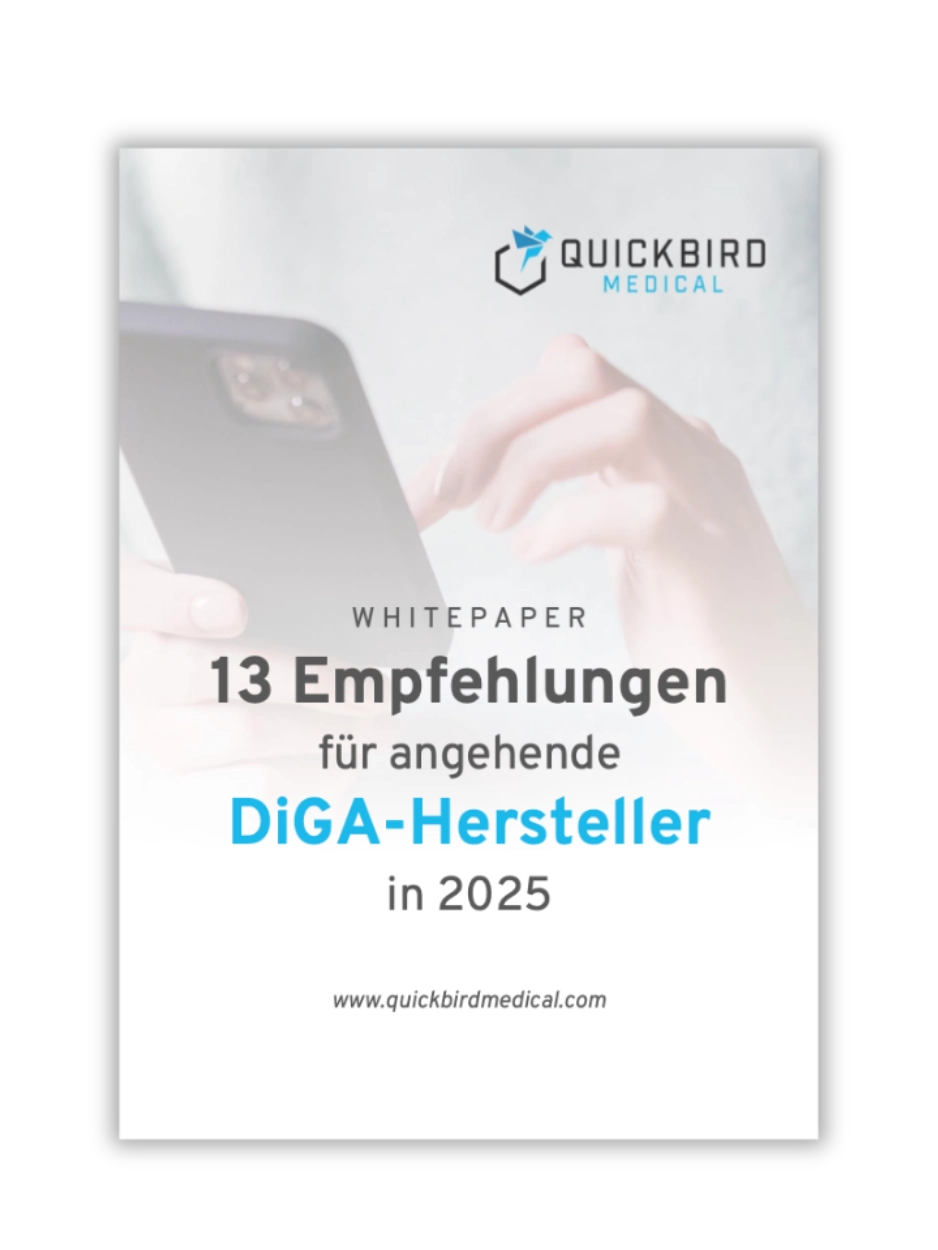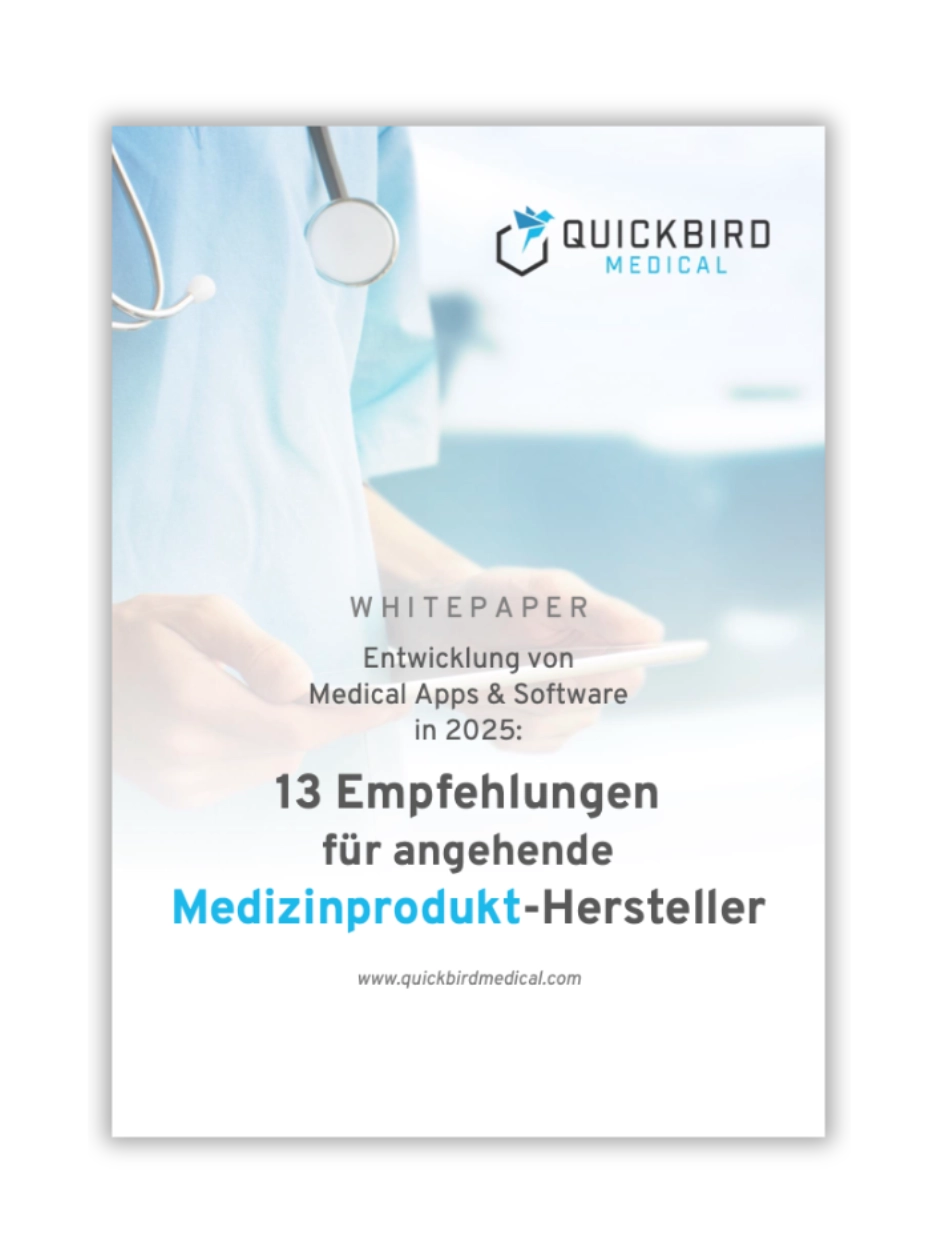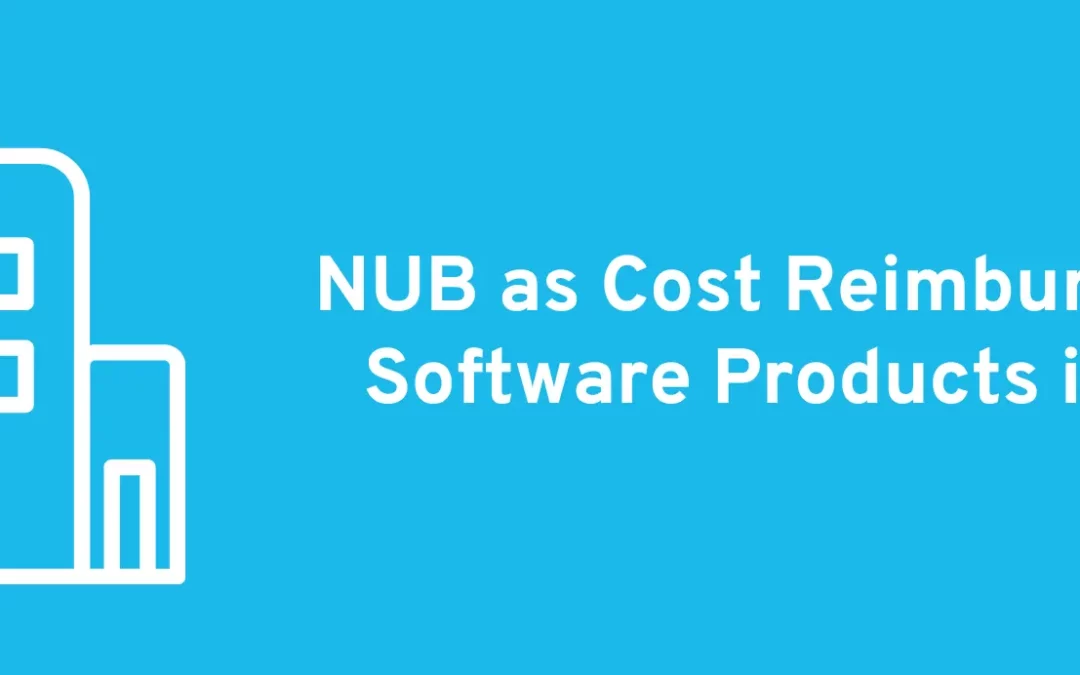
by Daniel Lange | Oct 6, 2025 | Medical Software, medical-software-whitepaper
Even today, hospital operations without IT are hardly conceivable, as hacker attacks unfortunately often demonstrate. However, digital innovations such as AI-supported diagnostic software and clinical decision support systems promise to fundamentally improve patient...

by Alexander Fenkiw | Sep 27, 2025 | medical-software-whitepaper
Are there still Class I software medical devices according to MDR? Are regulatory authorities really withdrawing Class I software products from the market in droves? Which federal state do I need to go to in order to remain on the market with my Class I software? As...
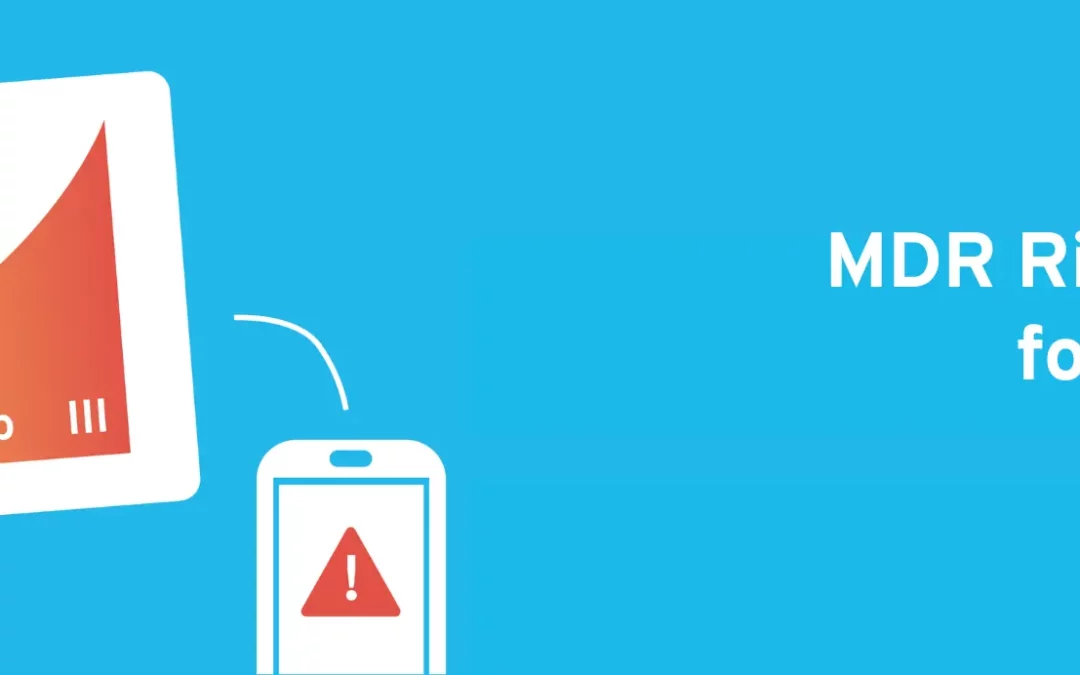
by Alexander Fenkiw | Sep 27, 2025 | medical-software-whitepaper
“The use of my app is completely safe. It certainly falls into the lowest risk category.”- MDR probably sees it differently. Anyone who wants to certify their software as a medical device in accordance with the Medical Device Regulation (MDR) must deal...
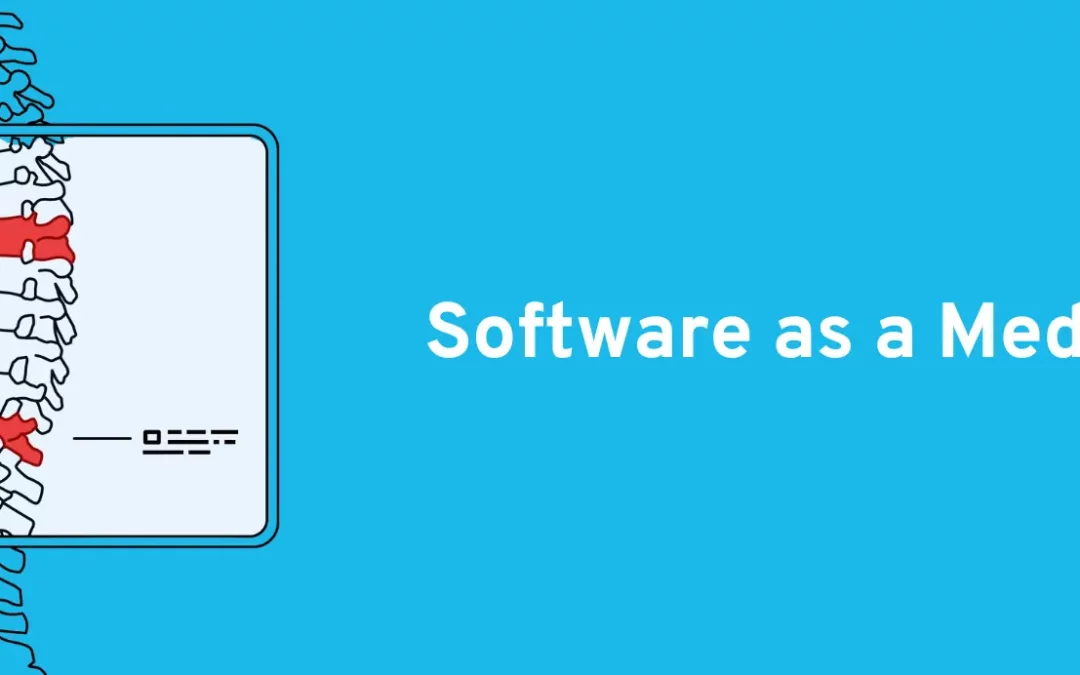
by Malte Bucksch | Sep 27, 2025 | medical-software-whitepaper
That a pacemaker should be a regulated medical device is obvious. However, with software, especially apps, the ambiguity is greater. Software must also be classified as a regulated medical device under the Medical Device Regulation (MDR) if it is used for specific...
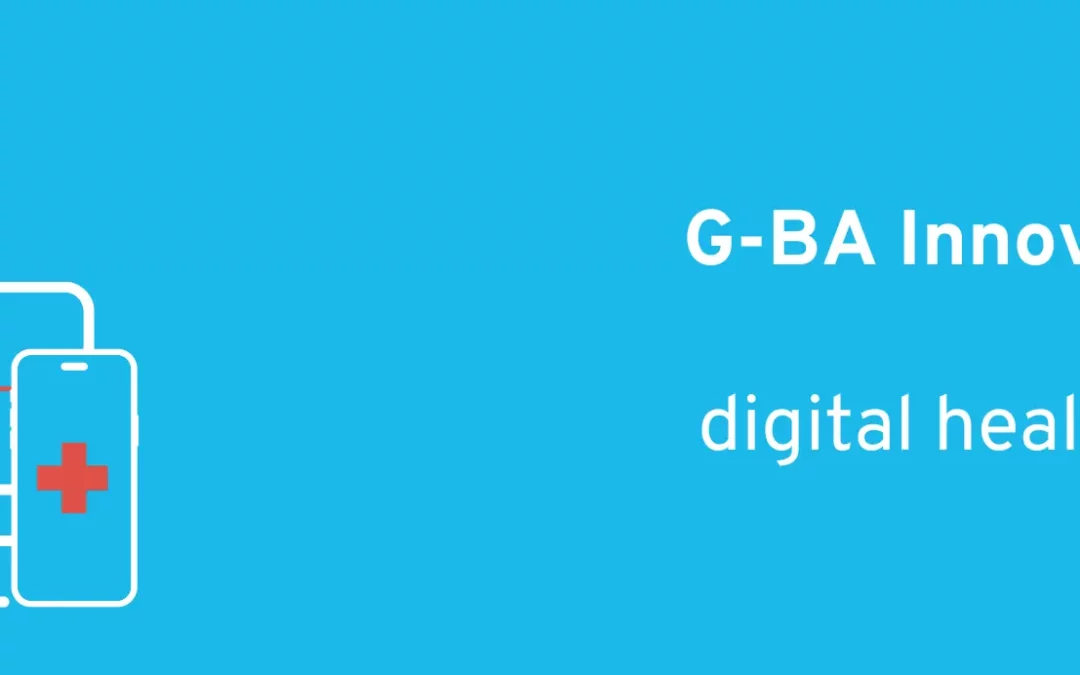
by Daniel Lange | Jun 13, 2025 | medical-software-whitepaper
Many manufacturers of medical software and health apps are faced with the question: How can digital solutions be used to build a sustainable business model? The market for self-paying patients in the German healthcare system is relatively small, and the path to...
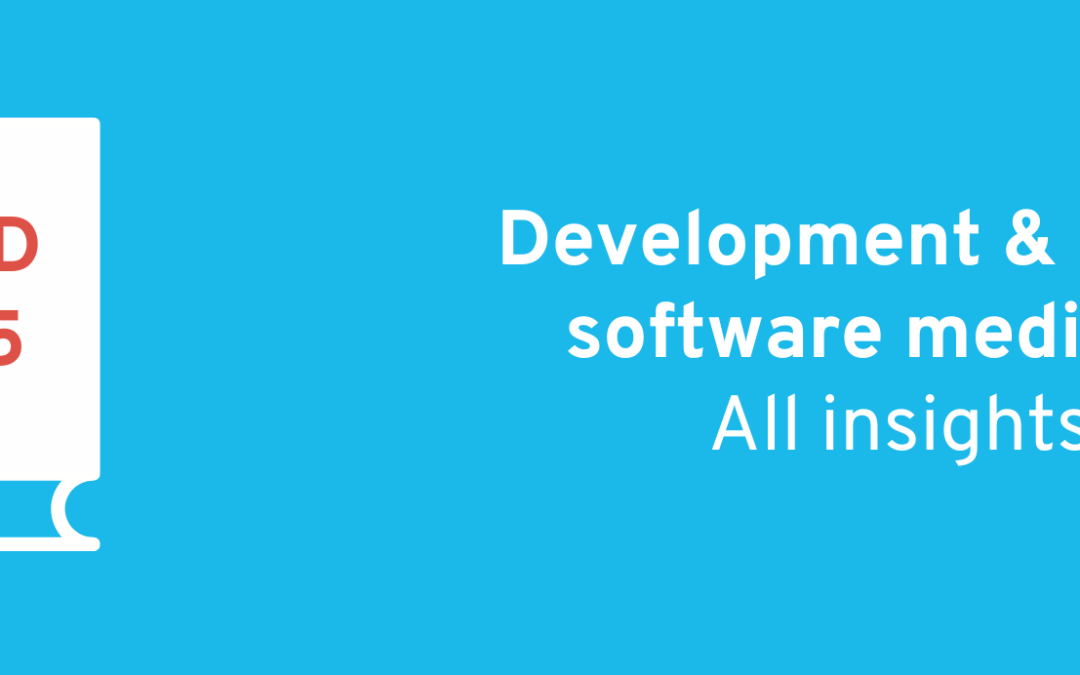
by Daniel Lange | Feb 5, 2025 | medical-software-whitepaper, Unkategorisiert
Over the past ten years, we have learned a great deal about the development of software medical devices. We are pleased to share this expertise in our technical articles with (prospective) developers of Software as a Medical Device (SaMD) so that not everyone has to...








